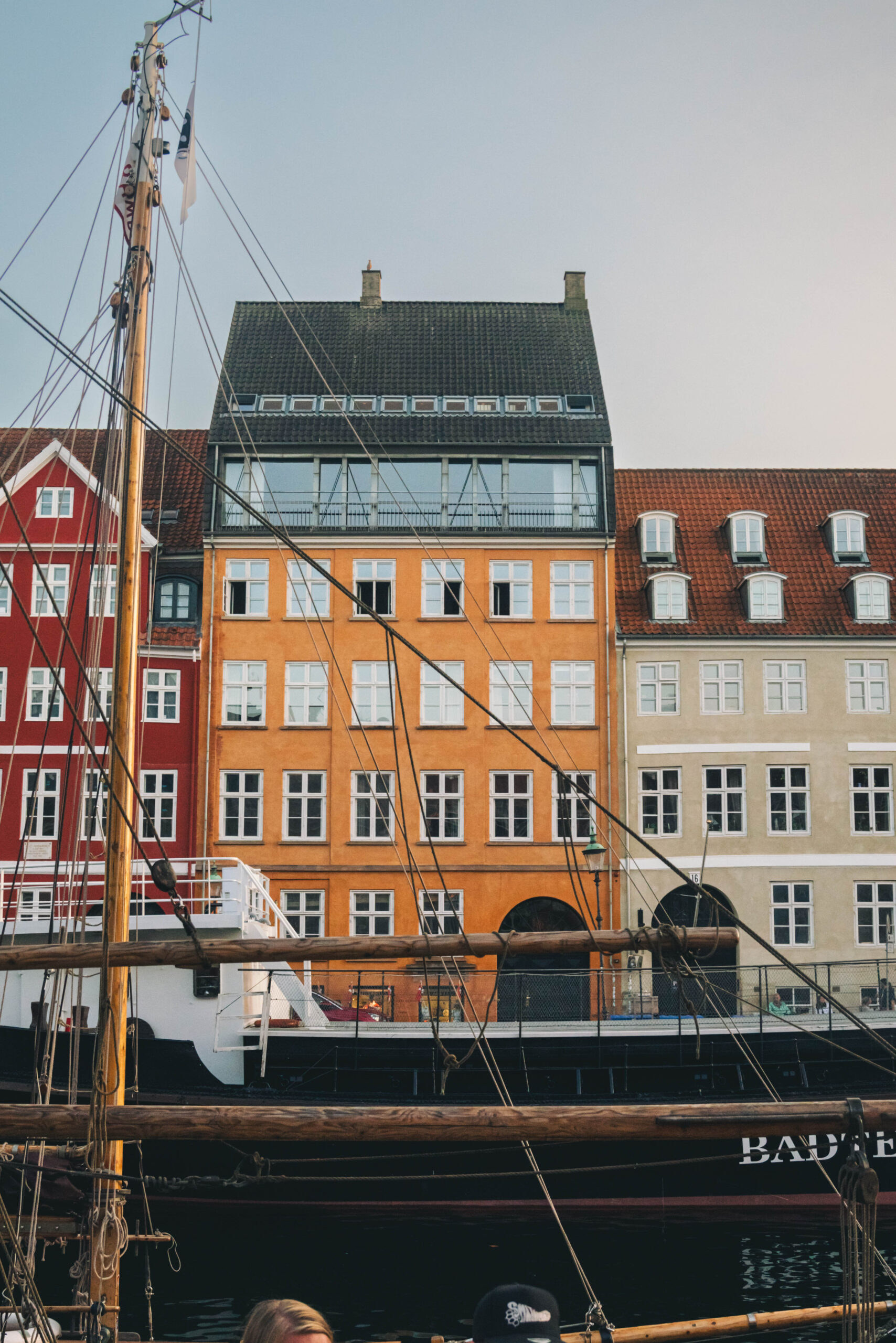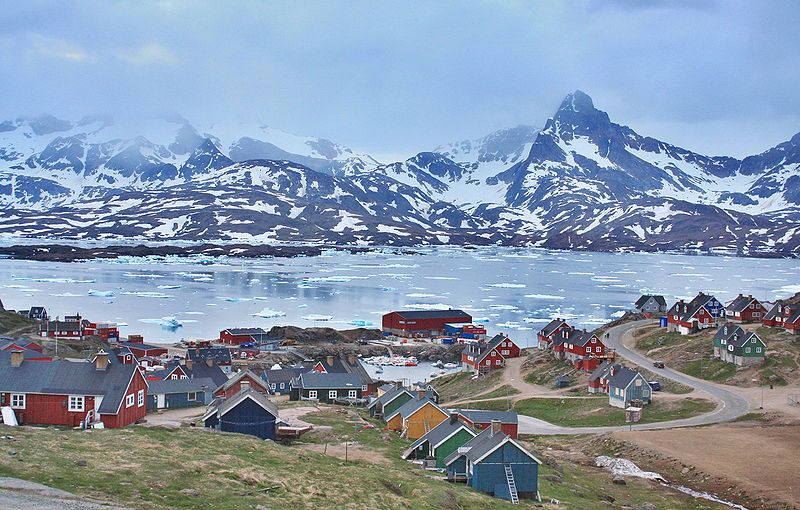Nielsen, Larsen, Jensen or Hansen. Most Americans know one or two. And that’s no coincidence considering the huge number of Danes and other Nordics who migrated to the US over the past 150 years. But where did they go exactly?
Using figures from the UN Census Bureau, the online travel portal Expedia has produced a Nordic migration map (here in English) that charts the mass movement of Danes and other Nordics to the US from the mid-to-late 1800s to the 1960s.
“With this interactive map, it’s now possible to explore our forefathers’ journeys and settlements in the US from 1870 and 1960 during the Nordic migration to the US,” Expedia wrote.
“The map also makes it possible to explore and compare the migration with our Nordic neighbours Norway, Sweden and Finland.”
Today, most Americans with a Danish heritage live in California, Minnesota and Utah, where there are still small Danish societies that retain Danish traditions and cultures. But it wasn’t always so, the map shows.
READ MORE: Women disappearing from the Faroe Islands
Swedes left in droves
In 1870, for instance, of the 31,400 Danish migrants in the US, most chose to settle in Utah, Idaho and Wisconsin. But by 1940 most of the 154,300 migrants were preferring to settle in California, New York and Indiana.
States such as Minnesota, Michigan, Nebraska and Washington also saw a fair share of Danes through the years, particularly from 1880 to 1920 when about 10 percent of the Danish population migrated to the US.
The map also revealed that Norway and Sweden provided far more migrants to America compared to the Danes and Finns.
During the 1920s, when over 1.3 million Scandinavians migrated to the US, just 197,000 were Danes and 146,700 were Finns. A staggering 611,000 were Swedes and 361,200 were Norwegians.













